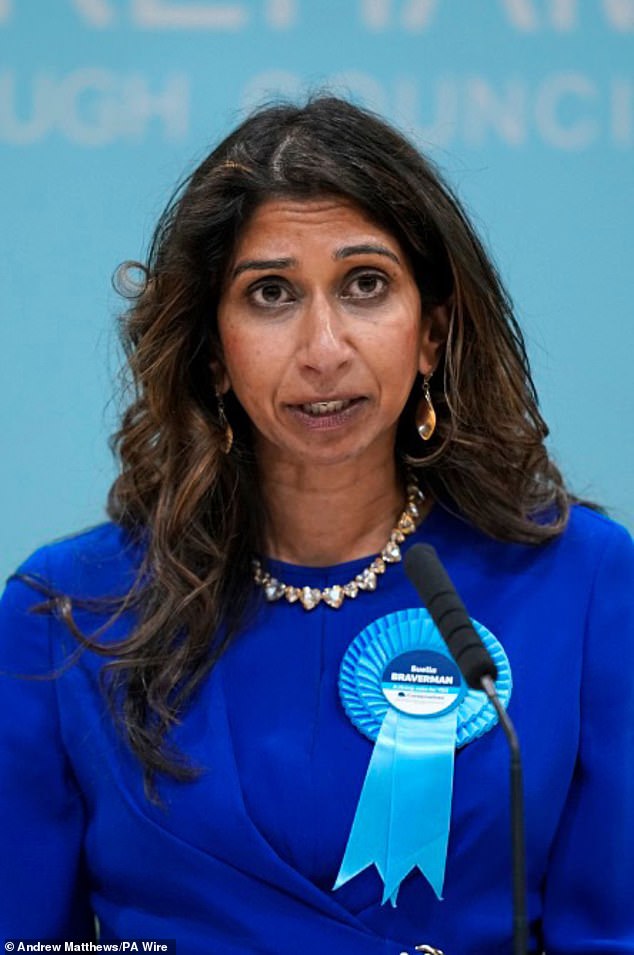Gaza Flotilla Attack: Perspectives From Arab Media Outlets

Table of Contents
Depictions of Israeli Actions
Portrayal of Violence and Brutality
Arab media largely condemned the Israeli actions as excessive and inhumane, highlighting the use of force against unarmed civilians during the Gaza Flotilla Attack. The overwhelming narrative focused on the number of casualties, many of whom were activists from various countries participating in the humanitarian aid mission. Descriptions of the raid's violence, often accompanied by graphic imagery and videos, were widely circulated. Al Jazeera, for example, featured numerous eyewitness accounts detailing the brutality of the Israeli forces, emphasizing the disproportionate use of force. Similarly, Al Arabiya, while perhaps presenting a slightly more measured tone, still strongly condemned the actions as a violation of international law.
- Focus on Casualties: Arab media extensively covered the death toll, focusing on the identities of those killed and injured, emphasizing their civilian status and the lack of provocation.
- Graphic Imagery and Videos: The use of powerful visuals, including videos showing the raid and its aftermath, amplified the narrative of Israeli brutality.
- Eyewitness Accounts: Numerous interviews with survivors and witnesses, shared across various Arab media outlets, provided firsthand accounts of the violence experienced.
Emphasis on Humanitarian Aid and the Siege of Gaza
Arab media heavily emphasized the humanitarian aspect of the Gaza Flotilla Attack, portraying the flotilla as a vital lifeline for the besieged population of Gaza. The cargo onboard, consisting of food, medical supplies, and construction materials, was presented as desperately needed to alleviate the suffering caused by the Israeli blockade. This narrative positioned the flotilla not merely as a humanitarian mission but also as an act of defiance against the ongoing siege of Gaza. This framing played heavily on pre-existing narratives of Israeli oppression and humanitarian crisis in Gaza.
- Highlighting the Blockade: The Israeli blockade of Gaza was presented as the root cause of the humanitarian crisis, making the flotilla’s intervention crucial.
- Cargo Details: Arab media meticulously detailed the humanitarian aid aboard, underscoring the urgent need for these supplies in Gaza.
- Portrayal of Israeli Motives: The Israeli government’s actions were frequently portrayed as a deliberate attempt to maintain the siege and prevent aid from reaching Gaza's population.
Framing of the Event Within the Broader Israeli-Palestinian Conflict
The Flotilla as a Symbol of Palestinian Resistance
The Gaza Flotilla Attack was frequently presented in Arab media as yet another instance of Israeli aggression against Palestinians and their right to self-determination. The event was framed within the broader context of the Israeli-Palestinian conflict, connecting it to past events like the Second Intifada and the ongoing occupation of Palestinian territories. This positioning presented the flotilla as an act of resistance against Israeli occupation and the blockade.
- Connecting to Past Events: Arab media drew parallels between the flotilla raid and other instances of Israeli violence against Palestinians, reinforcing the narrative of ongoing oppression.
- Emphasis on Self-Determination: The flotilla was portrayed as a symbol of the Palestinian struggle for self-determination and freedom from Israeli control.
- Resistance Narrative: The participants in the flotilla were presented as activists bravely challenging Israeli aggression.
International Condemnation and Support for Palestine
Arab media extensively covered international reactions to the Gaza Flotilla Attack, focusing on condemnations of Israel and expressions of solidarity with Palestine. This coverage amplified the international pressure on Israel, reinforcing the narrative that the actions were widely condemned. The statements issued by the Arab League and the support shown by various Arab nations were heavily featured.
- Highlighting International Condemnations: Arab media outlets prominently featured statements from international organizations like the UN and the condemnation from various governments.
- Arab League Support: The strong stance taken by the Arab League against Israel’s actions was widely covered.
- International Solidarity: The support shown by numerous countries and organizations for Palestine was showcased to demonstrate international disapproval of the raid.
Analysis of Media Strategies and Narrative Control
Selection of Sources and Framing of Information
Arab media outlets strategically selected their sources and framed information to support their narratives about the Gaza Flotilla Attack. They predominantly utilized pro-Palestinian sources, including eyewitness accounts from activists and organizations involved in the flotilla. This focus, while reflecting a specific perspective, potentially led to a biased representation, often omitting or downplaying counter-narratives presented by pro-Israel media.
- Pro-Palestinian Sources: The reliance on pro-Palestinian sources shaped the narrative and perspective presented.
- Potential Biases: The lack of balanced reporting from various perspectives might be considered a form of bias.
- Counter-Narratives: The ways in which Arab media addressed or countered pro-Israel narratives deserve further analysis.
Impact on Public Opinion in the Arab World
Arab media's coverage of the Gaza Flotilla Attack significantly impacted public perception of the event within the Arab world. The portrayal of Israeli brutality and the humanitarian crisis in Gaza fueled anti-Israeli sentiment and solidified support for the Palestinian cause. While specific data on public opinion shifts requires further research, the pervasive nature of the coverage suggests a strong impact.
- Shaping Public Opinion: The media played a decisive role in shaping public opinion and generating support for Palestine.
- Anti-Israeli Sentiment: The coverage likely contributed to increased anti-Israeli sentiment across the Arab world.
- Further Research Needed: Further studies on public opinion polls and surveys in Arab nations are needed to fully assess the media's impact.
Conclusion
The Gaza Flotilla Attack was portrayed dramatically differently in Arab media compared to Western accounts. Arab outlets predominantly emphasized Israeli brutality, the humanitarian crisis in Gaza, and the event's significance within the broader context of the Israeli-Palestinian conflict. Understanding these diverse perspectives is crucial for comprehending the complex geopolitical landscape of the region and the enduring impact of this event. Further research into the Gaza Flotilla Attack and the role of Arab media in shaping public opinion is essential for fostering informed dialogue and promoting a more nuanced understanding of the conflict. By examining various perspectives on the Gaza Flotilla Attack, we can contribute to a more comprehensive understanding of this pivotal event and its lasting consequences.

Featured Posts
-
 Automakers In China Challenges Faced By Bmw Porsche And Others
May 03, 2025
Automakers In China Challenges Faced By Bmw Porsche And Others
May 03, 2025 -
 Annual Donkey Roundup Rocks Southern California Community
May 03, 2025
Annual Donkey Roundup Rocks Southern California Community
May 03, 2025 -
 Is A Place In The Sun Right For You A Realistic Look At Overseas Property Ownership
May 03, 2025
Is A Place In The Sun Right For You A Realistic Look At Overseas Property Ownership
May 03, 2025 -
 David Dodge On Canadas Economy Slow Growth Predicted For Next Year
May 03, 2025
David Dodge On Canadas Economy Slow Growth Predicted For Next Year
May 03, 2025 -
 Reform Uks Future Uncertain A Potential Breakaway Threatens Farages Party
May 03, 2025
Reform Uks Future Uncertain A Potential Breakaway Threatens Farages Party
May 03, 2025
Latest Posts
-
 Remembering Lisa Ann Keller Obituary And Service Information
May 03, 2025
Remembering Lisa Ann Keller Obituary And Service Information
May 03, 2025 -
 Fortnite Chapter 6 Season 2 Server Downtime What We Know
May 03, 2025
Fortnite Chapter 6 Season 2 Server Downtime What We Know
May 03, 2025 -
 Moskva Eskortnitsy I Ikh Zhizn V Kladovkakh Gorkaya Pravda
May 03, 2025
Moskva Eskortnitsy I Ikh Zhizn V Kladovkakh Gorkaya Pravda
May 03, 2025 -
 Fortnite Maintenance Chapter 6 Season 2 Server Outage Duration
May 03, 2025
Fortnite Maintenance Chapter 6 Season 2 Server Outage Duration
May 03, 2025 -
 Illyuziya Krasivoy Zhizni Realnost Raboty Eskortnits V Moskve
May 03, 2025
Illyuziya Krasivoy Zhizni Realnost Raboty Eskortnits V Moskve
May 03, 2025
